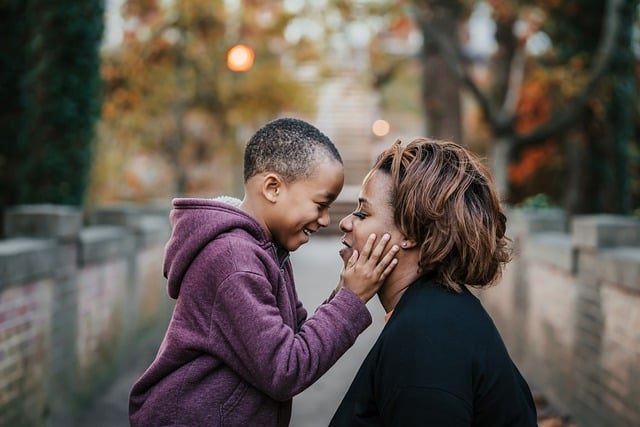This Speech Life
This Speech Life Podcast Series Listen to interviews with leaders in various topics. Caitlin asks each guest 3 things an SLP should know about the topic, 2 resources to prep, and 1 action strategy to implement. As a school-based SLP, it almost feels impossible to stay up to date on current research and excel in all areas we are expected to. This Speech Life podcast is here to help with exactly those things! Join Caitlin for each episode as she asks the experts what 3 things every SLP should know about their topic, 2 resources to get them prepped and ready, and 1 actionable strategy for tomorrow’s speech groups. 3-2-1, let’s go! Listen to Podcast Series








